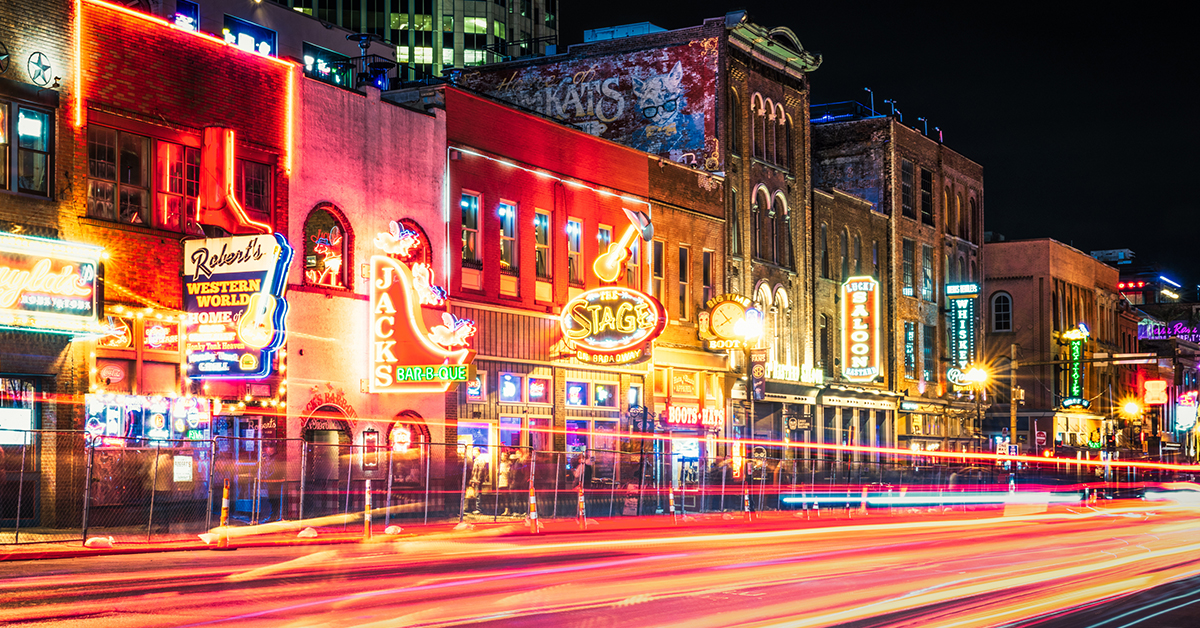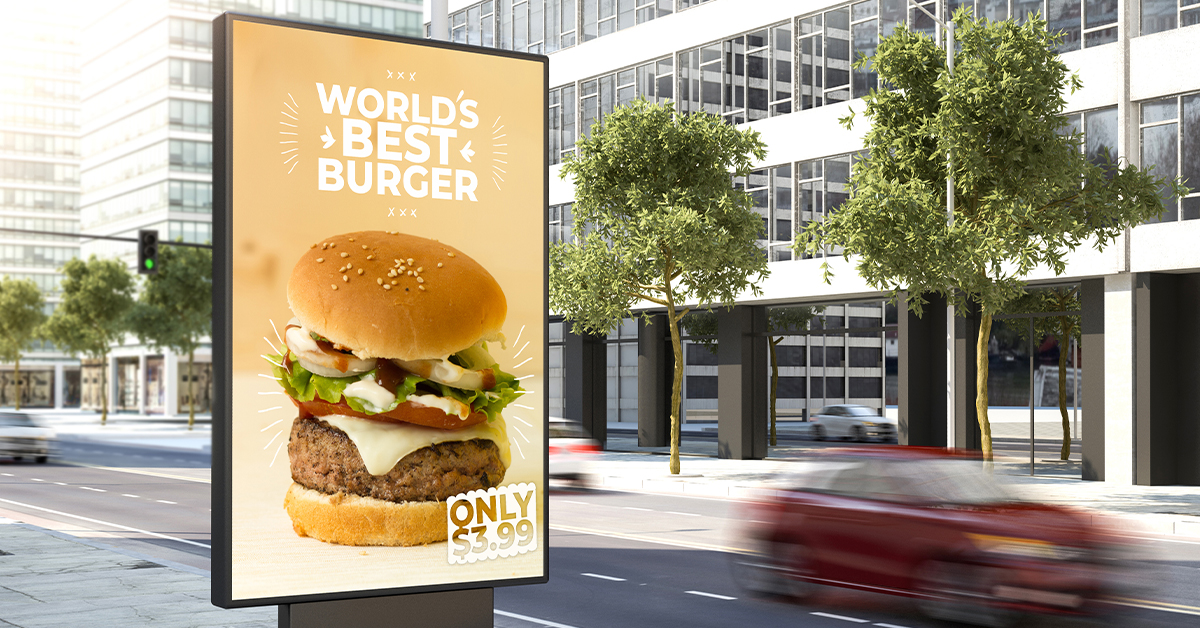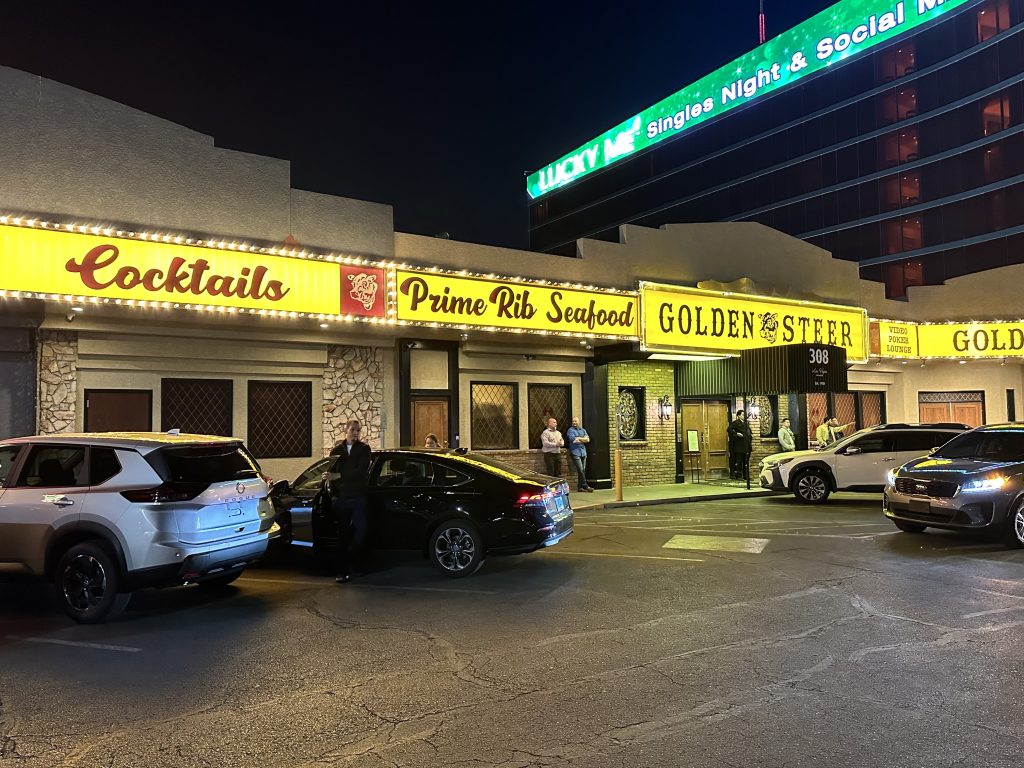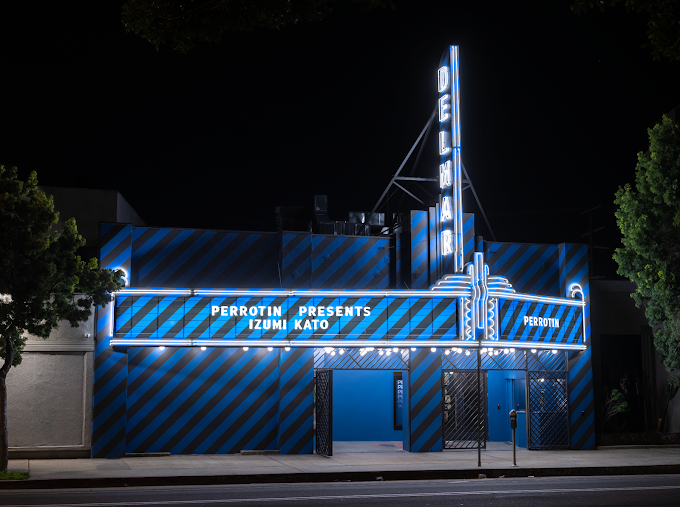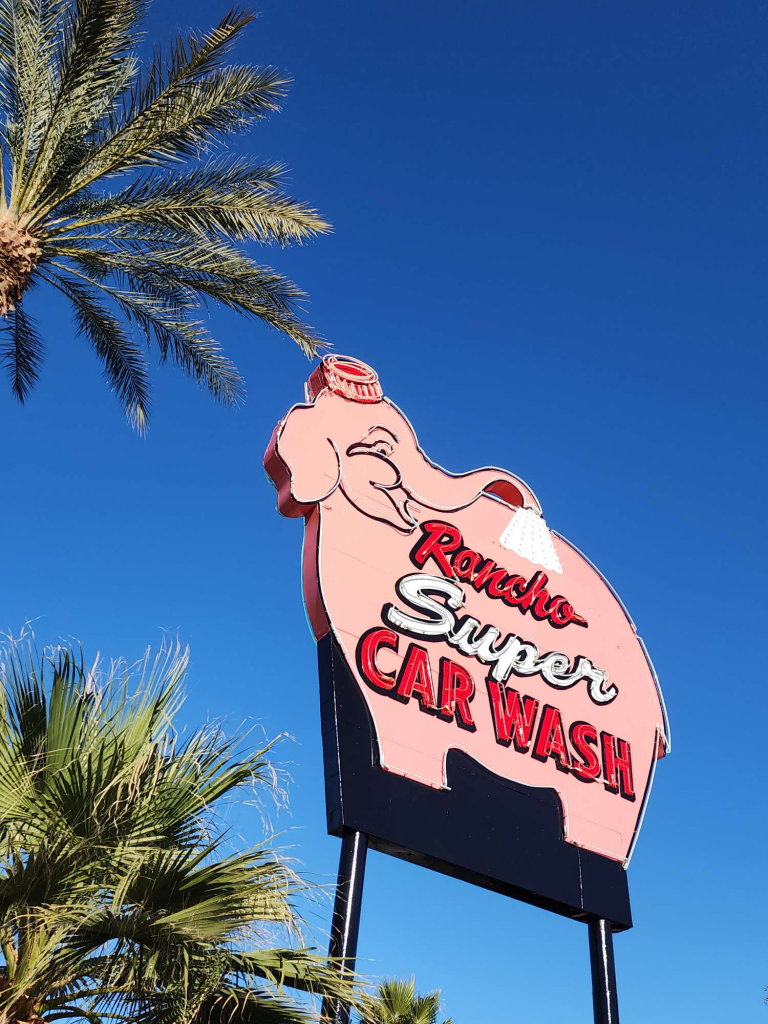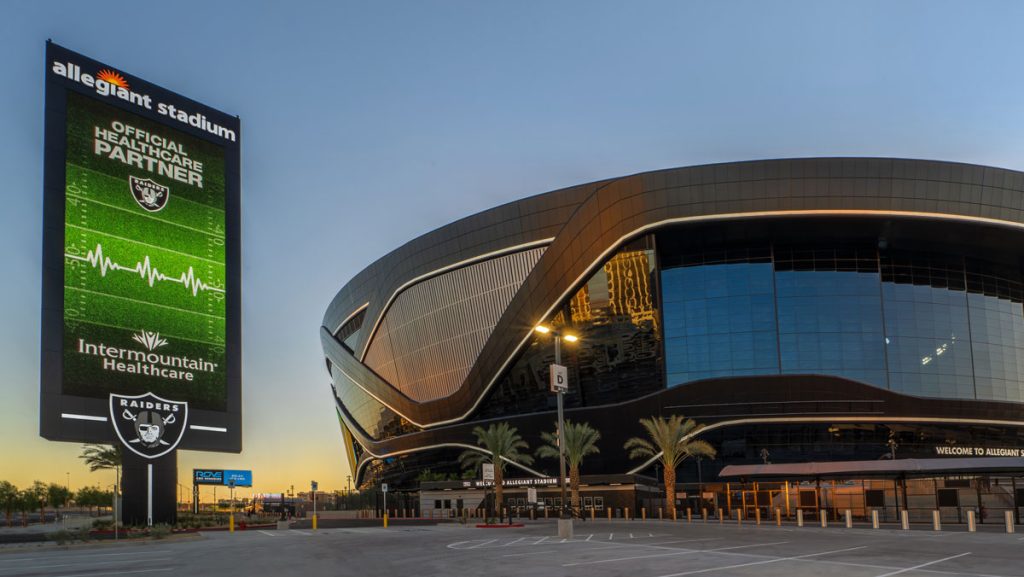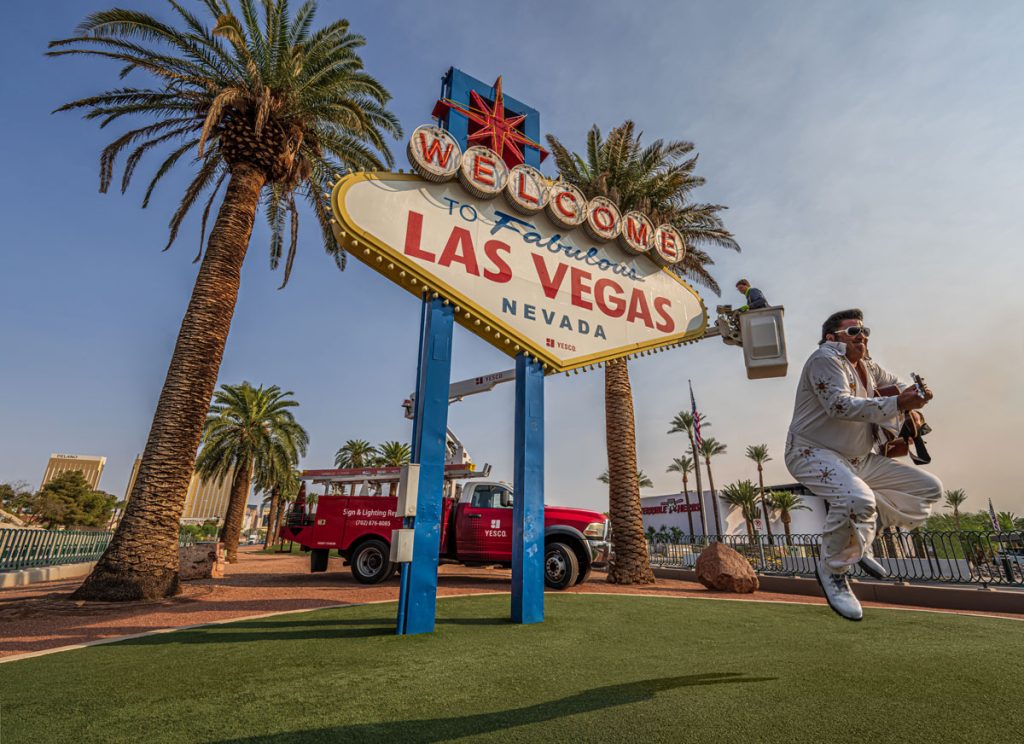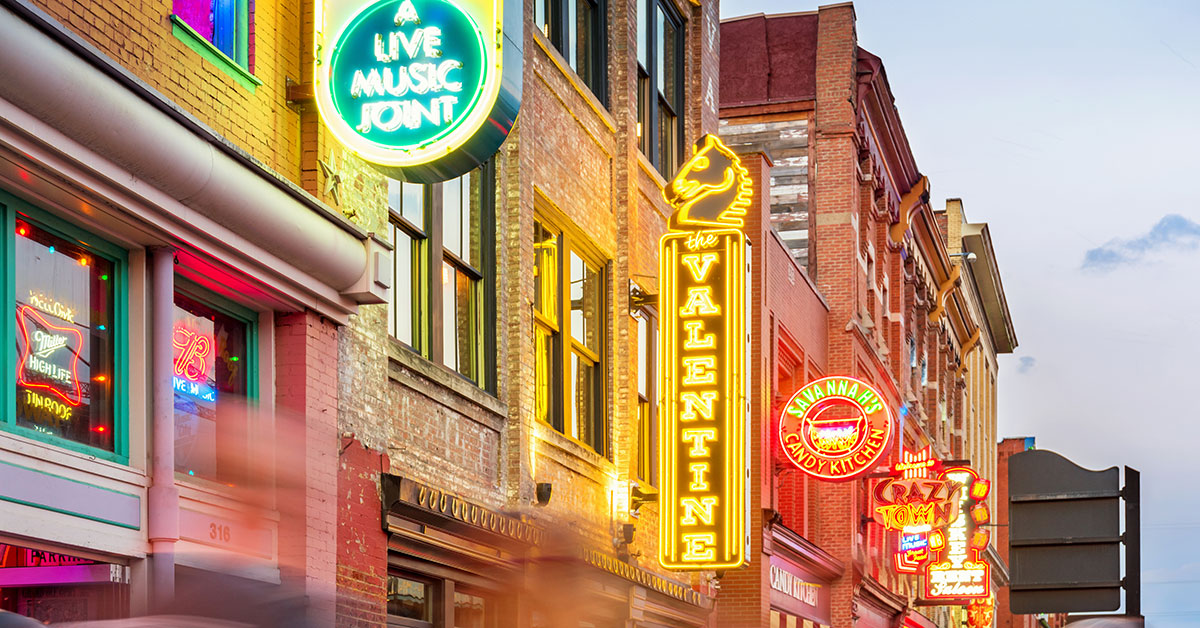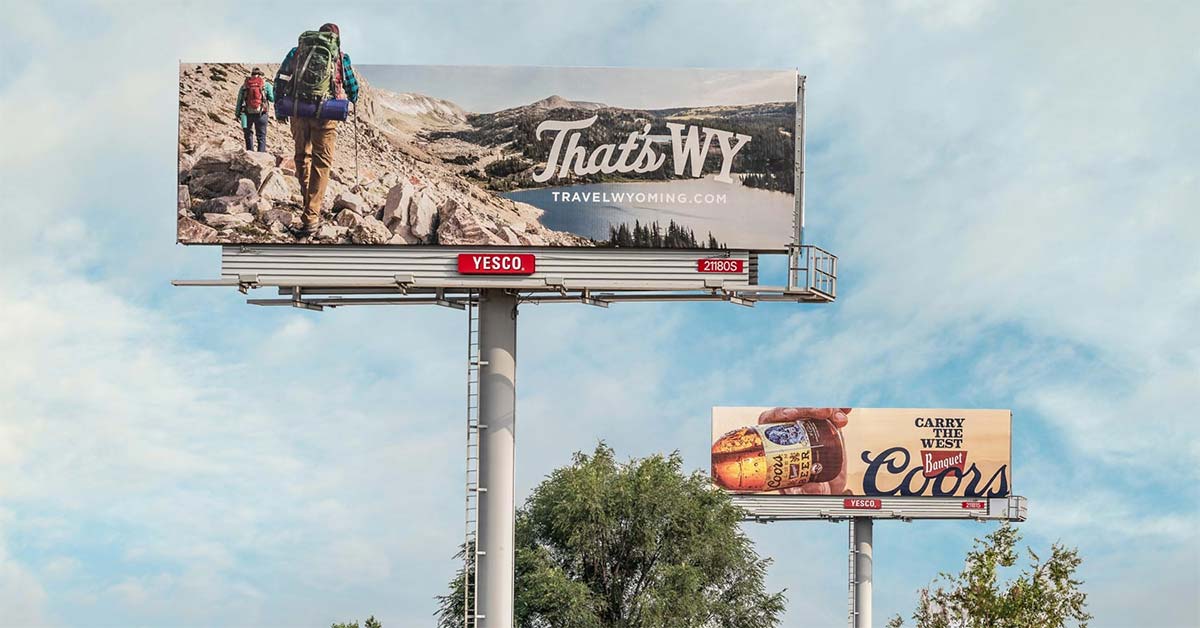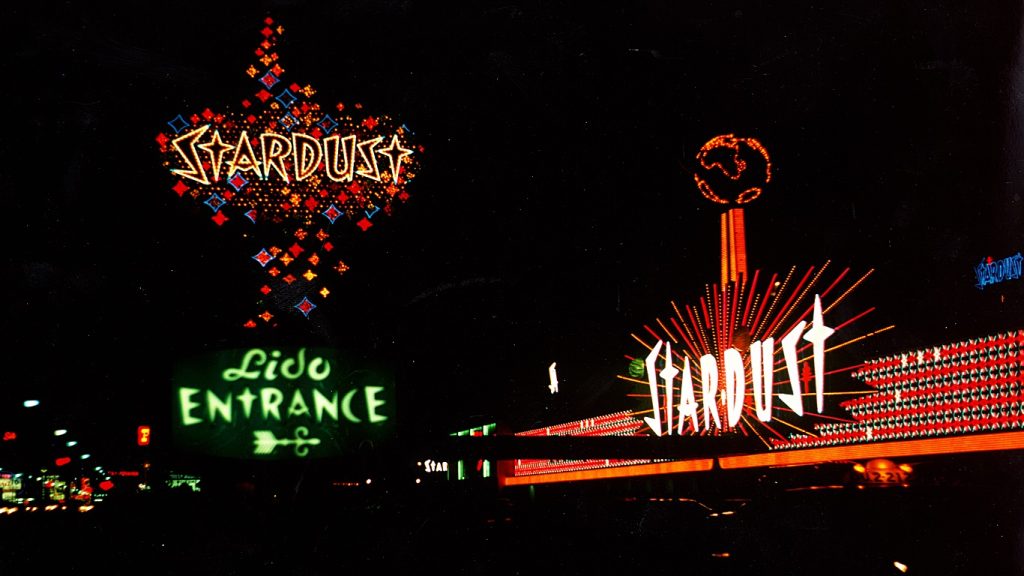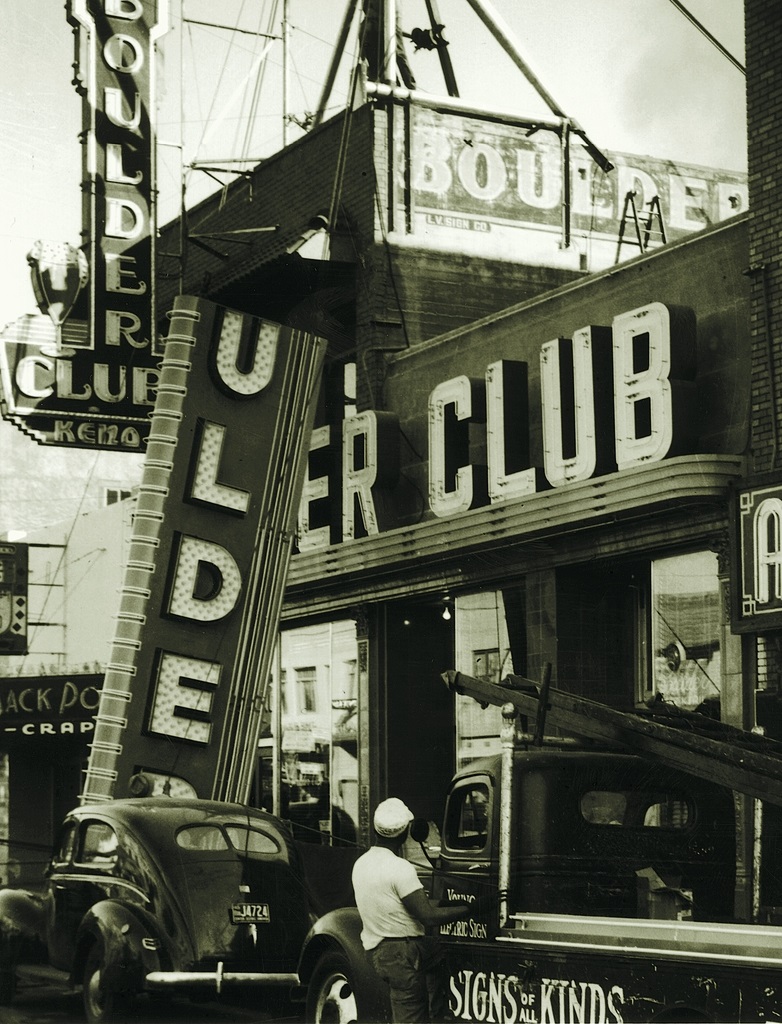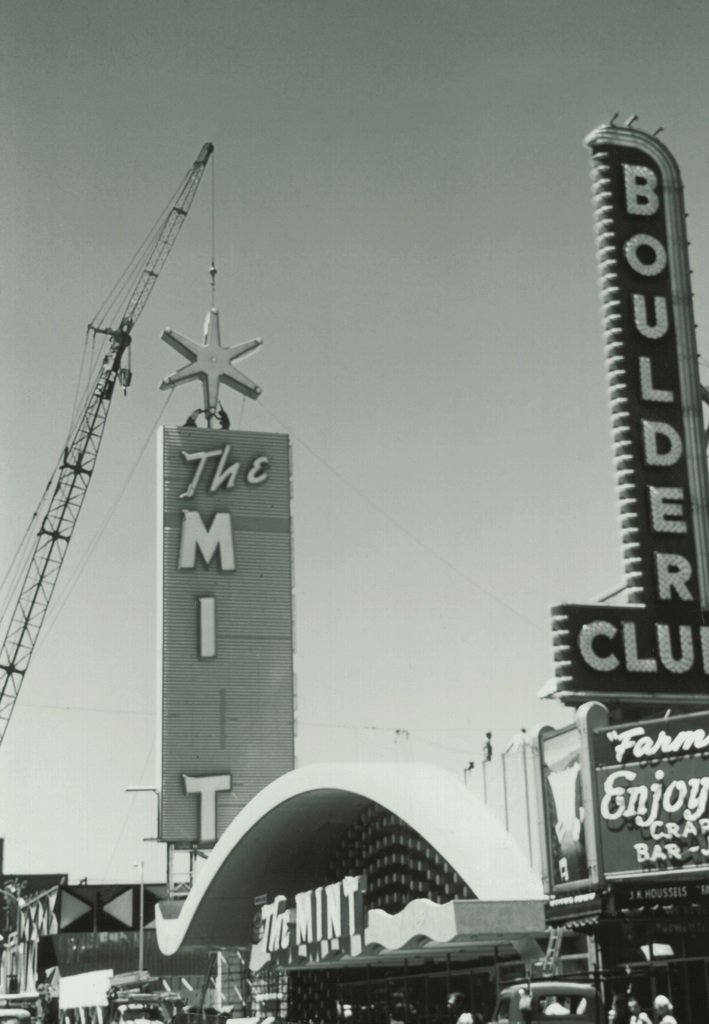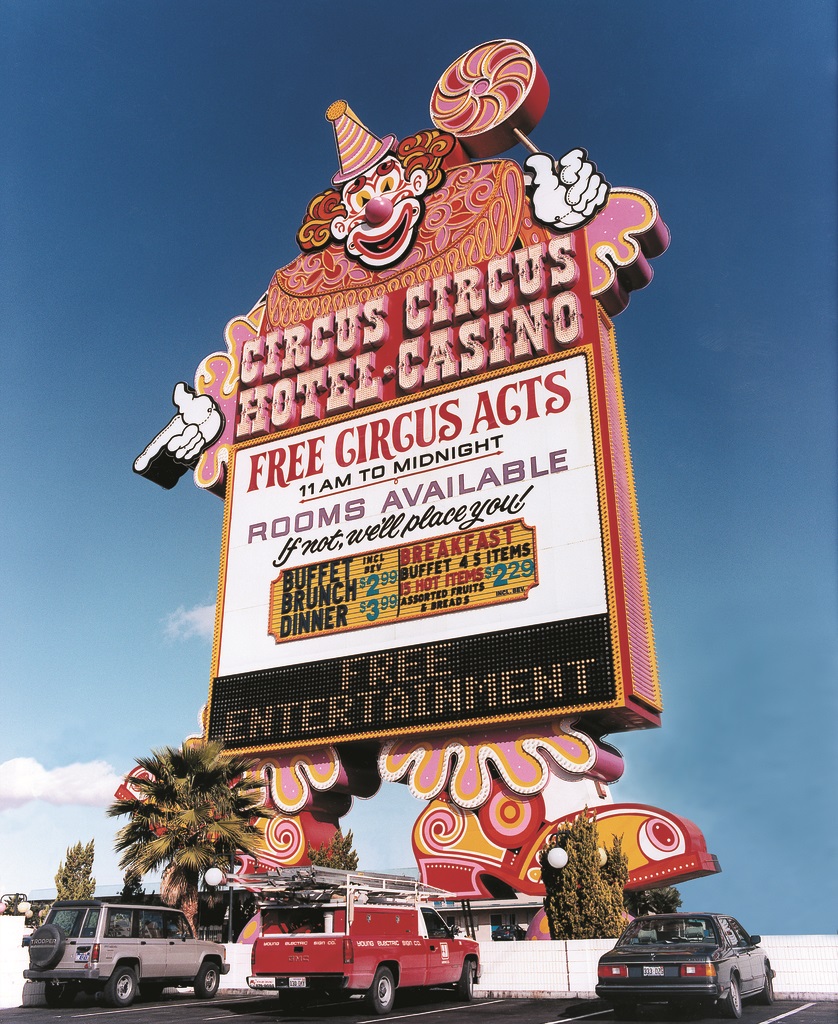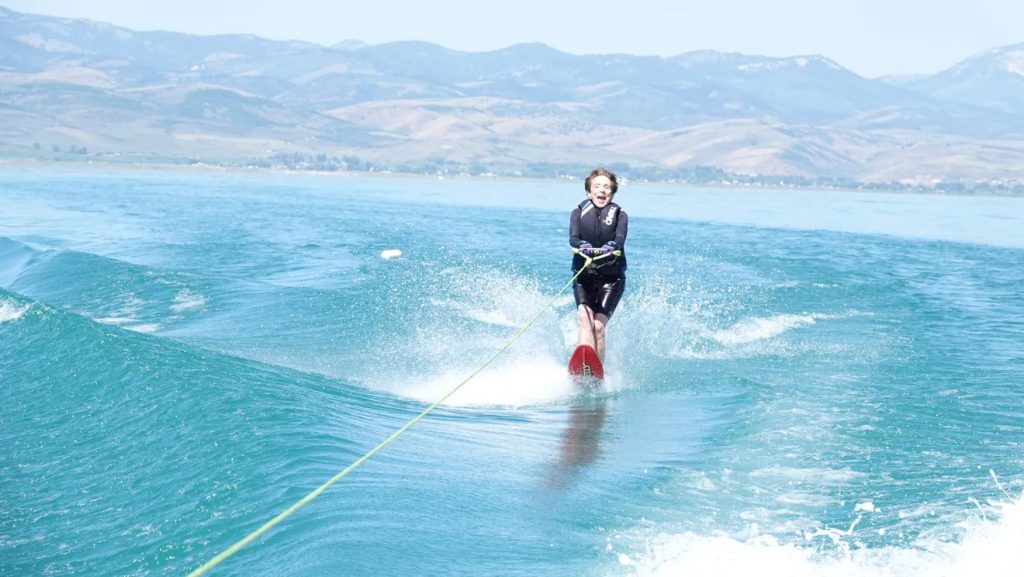As you've likely discovered, outdoor signage is more than just a visual statement; it's a strategic investment. In this blog post, we're diving into the nitty-gritty details of material selection that can significantly impact the longevity and overall cost-effectiveness of your signage.
1. Environmental Intelligence:
Understanding the environment in which your signs will be placed is essential, much like conducting thorough market research before launching a product or service. It involves assessing factors such as weather conditions, temperature fluctuations, and the likelihood of vandalism. This data serves as the cornerstone for choosing materials that can endure the particular challenges your signage may encounter.
For instance, if your display is located in a coastal area with high levels of salt in the air, corrosion-resistant materials like stainless steel or aluminum may be preferable. In regions with extreme temperature variations, such as desert climates, materials with excellent thermal stability, like acrylic or polycarbonate, may be more suitable to prevent warping or cracking. Additionally, if rough weather like high winds or snow is a concern in the area, opting for durable materials like tempered glass or reinforced plastics can help mitigate damage and prolong the lifespan of the signage.
By carefully considering the environmental factors and selecting appropriate materials, you can ensure that your signs not only withstands the challenges it faces but also maintains its effectiveness and aesthetics over time. This strategic approach to material selection is crucial for maximizing the longevity and return on investment of your signage while minimizing maintenance and replacement costs.
2. Materials with Mettle:
When it comes to materials, think of durability. Opt for aluminum, stainless steel, and high-quality plastics. These materials boast corrosion resistance, UV stability, and resilience against environmental factors, ensuring your signage stands strong against the test of time.
For business signage durability should be a primary consideration. Aluminum, stainless steel, and high-quality plastics are preferred choices for their exceptional strength and resilience against various environmental challenges.
Aluminum is a popular option for outdoor signage due to its lightweight nature and resistance to corrosion. It is particularly well-suited for signage exposed to moisture or harsh weather conditions, such as coastal areas or regions prone to heavy rainfall. Stainless steel, known for its robustness and resistance to rust and corrosion, is an excellent choice for signage in highly corrosive environments or areas with high levels of pollution. Its sleek appearance also lends a modern and professional aesthetic to signage.
High-quality plastics, such as acrylic or polycarbonate, offer durability combined with versatility. These materials are lightweight, impact-resistant, and can withstand UV exposure, making them ideal for both indoor and outdoor signage. Acrylic, in particular, is valued for its optical clarity, making it suitable for illuminated signs or displays requiring vibrant colors and sharp graphics.
By opting for materials like aluminum, stainless steel, and high-quality plastics, businesses can ensure their signage remains visually appealing and structurally sound over time, regardless of the environmental challenges it may face. This not only enhances the longevity of the signage but also reflects positively on the brand's image and professionalism.
3. UV-Resistant Finishes:
The impact of sunlight on signage aesthetics cannot be understated, making it crucial to select materials with UV-resistant finishes to mitigate the risk of color fading. Exposure to UV rays over time can cause colors to fade and materials to degrade, diminishing the visual impact of the signage and reducing its effectiveness in conveying messages to the audience.
By choosing materials with UV-resistant finishes, businesses can effectively combat this silent threat and preserve the vibrancy of their signage. UV-resistant coatings act as a protective barrier, shielding the signage from the harmful effects of sunlight and minimizing color fading. This strategic choice ensures that the signage maintains its visual appeal and clarity over an extended period, even when exposed to prolonged sunlight.
Preserving the vibrancy of signage through UV-resistant materials is essential for maintaining brand consistency and professionalism. Faded or discolored signage can give the impression of neglect or lack of attention to detail, potentially undermining the credibility and trustworthiness of the business. Additionally, vibrant and visually appealing signage is more likely to capture the attention of passersby and effectively communicate messages, enhancing brand visibility and recognition.
Selecting materials with UV-resistant finishes is not only important for protecting signage aesthetics but also for maintaining brand integrity and maximizing the effectiveness of communication efforts. By investing in UV-resistant materials, businesses can ensure that their signage remains vibrant and impactful, even in the face of prolonged exposure to sunlight. Select materials with UV-resistant finishes, such as UV-stabilized acrylic, polycarbonate, or specialty UV-resistant paints, to mitigate color fading. This strategic choice preserves the vibrancy of your signage, maintaining its visual appeal and effectiveness over an extended period.
4. Cost-Effective Sustainability:
While the upfront costs of material selection may influence initial decisions, it's crucial to view it as a long-term investment rather than just an immediate expense. Opting for high-quality materials may come with a higher initial price tag, but the durability and longevity they offer can result in significant savings over time.
Choosing materials such as stainless steel, aluminum, or high-quality plastics may require a larger upfront investment, but their robustness ensures minimal ongoing maintenance and replacement costs. Unlike cheaper alternatives that may deteriorate quickly or require frequent repairs, these durable materials can withstand the rigors of outdoor exposure, environmental factors, and everyday wear and tear with minimal degradation.
Additionally, the longevity of high-quality materials translates to extended service life for the signage, reducing the need for frequent replacements. This not only saves money on material and labor costs associated with signage upkeep but also minimizes downtime and disruptions to business operations.
By considering material selection as a long-term investment, businesses can make informed decisions that prioritize durability and quality over short-term cost savings. Ultimately, the benefits of investing in high-quality materials far outweigh the initial expense, leading to substantial savings and improved overall signage performance in the years to come.
5. Preventative Maintenance Strategies:
Implementing preventative maintenance protocols for your signage is akin to practicing risk management for your business. Just as businesses proactively identify and address potential risks to safeguard their operations, regular inspections, cleaning routines, and timely repairs for signage can mitigate potential issues before they escalate, preserving the professional image of your brand.
Regular inspections serve as the cornerstone of preventative maintenance, allowing businesses to identify any signs of wear, damage, or malfunction early on. By conducting thorough inspections at scheduled intervals, potential issues can be detected and addressed promptly, preventing them from escalating into more significant problems that could compromise the functionality or aesthetics of the signage.
In addition to inspections, establishing a routine cleaning schedule is essential for maintaining the appearance and effectiveness of signage. Dust, dirt, and other environmental pollutants can accumulate on signage surfaces over time, detracting from their visibility and visual appeal. Regular cleaning helps remove these contaminants, ensuring that signage remains clean, clear, and professional-looking to potential customers. .
Timely repairs are crucial for addressing any issues identified during inspections or cleaning routines promptly. Whether it's repairing a loose mounting bracket, replacing a malfunctioning LED module, or repainting faded lettering, addressing maintenance issues promptly helps prevent premature deterioration and ensures that signage continues to convey a positive and professional image to customers and clients.
Overall, implementing preventative maintenance measures for signage is a proactive strategy that helps businesses protect their investment, maintain brand integrity, and uphold a professional image. By incorporating regular inspections, cleaning routines, and timely repairs into your signage maintenance plan, you can minimize the risk of unexpected issues and ensure that your signage continues to serve as an effective communication tool for your business.
6. Comprehensive Maintenance Plans:
Establishing a comprehensive maintenance plan is indeed a strategic decision that can greatly benefit any business. This plan should encompass a range of proactive measures tailored to the specific needs of the signage. Scheduled inspections, conducted at regular intervals, serve as the cornerstone of this plan. During inspections, signage components made of different materials should be carefully evaluated for signs of wear, damage, or deterioration.
For signage constructed from materials like aluminum or stainless steel, inspections should focus on assessing structural integrity, checking for any corrosion or rust, and ensuring that mounting hardware is secure. These materials are known for their durability and resistance to environmental factors, but regular inspections are still necessary to identify any issues early on.
In contrast, signage made from materials like acrylic or polycarbonate may require different maintenance considerations. While these materials offer excellent clarity and visual appeal, they may be more prone to scratching or fading over time, particularly when exposed to harsh weather conditions or UV radiation. Inspections for these types of signage should include checks for scratches, discoloration, or signs of UV damage, and cleaning protocols should be adjusted accordingly to minimize these effects.
Implementing cleaning protocols is another crucial component of a comprehensive maintenance plan. Different materials may require different cleaning methods and products to ensure optimal results without causing damage. For example, signage with glass components may benefit from glass-specific cleaners to prevent streaking, while signage with plastic components may require gentler cleaning solutions to avoid scratching or clouding.
Swift interventions in case of damage or malfunction are equally important for maintaining the effectiveness of signage. Whether it's repairing a damaged panel, replacing a burnt-out LED module, or addressing graffiti or vandalism, timely action is essential to minimize downtime and preserve the integrity of the signage.
Overall, a proactive approach to maintenance not only extends the lifespan and effectiveness of signage but also enhances the overall appearance and professionalism of the business. By incorporating scheduled inspections, tailored cleaning protocols, and prompt interventions into a comprehensive maintenance plan, businesses can maximize the return on their signage investment and reinforce their commitment to quality and customer satisfaction.
7. Community Engagement for Protection:
In selecting materials for signage that will be placed within the community, durability and resistance to vandalism should be key considerations. Materials such as aluminum, stainless steel, or reinforced plastics offer excellent durability and are less susceptible to damage from vandalism or tampering. Additionally, incorporating features such as anti-graffiti coatings or shatter-resistant glass can further enhance the resilience of the signage against vandalism attempts.
Moreover, signage designs that incorporate elements of community identity or cultural relevance can foster a stronger connection between residents and the signage, reinforcing the sense of pride and ownership. By aligning signage designs with local aesthetics or themes, businesses can create a stronger emotional attachment within the community, further discouraging acts of vandalism.
In summary, fostering a sense of pride and ownership within the community is instrumental in deterring vandalism and preserving the integrity of signage. By engaging the public, educating them about the value of signage, and selecting durable materials that resist vandalism, businesses can contribute to the protection of their signage and enhance its overall impact within the community landscape.
Conclusion:
In conclusion, material selection is a science that requires meticulous consideration. It's not just about what looks good initially; it's about what lasts. By strategically choosing materials, implementing preventative maintenance, and engaging the community, you're not just investing in signage – you're investing in a lasting and impactful communication tool. Here's to the strategic success of your outdoor signage!

